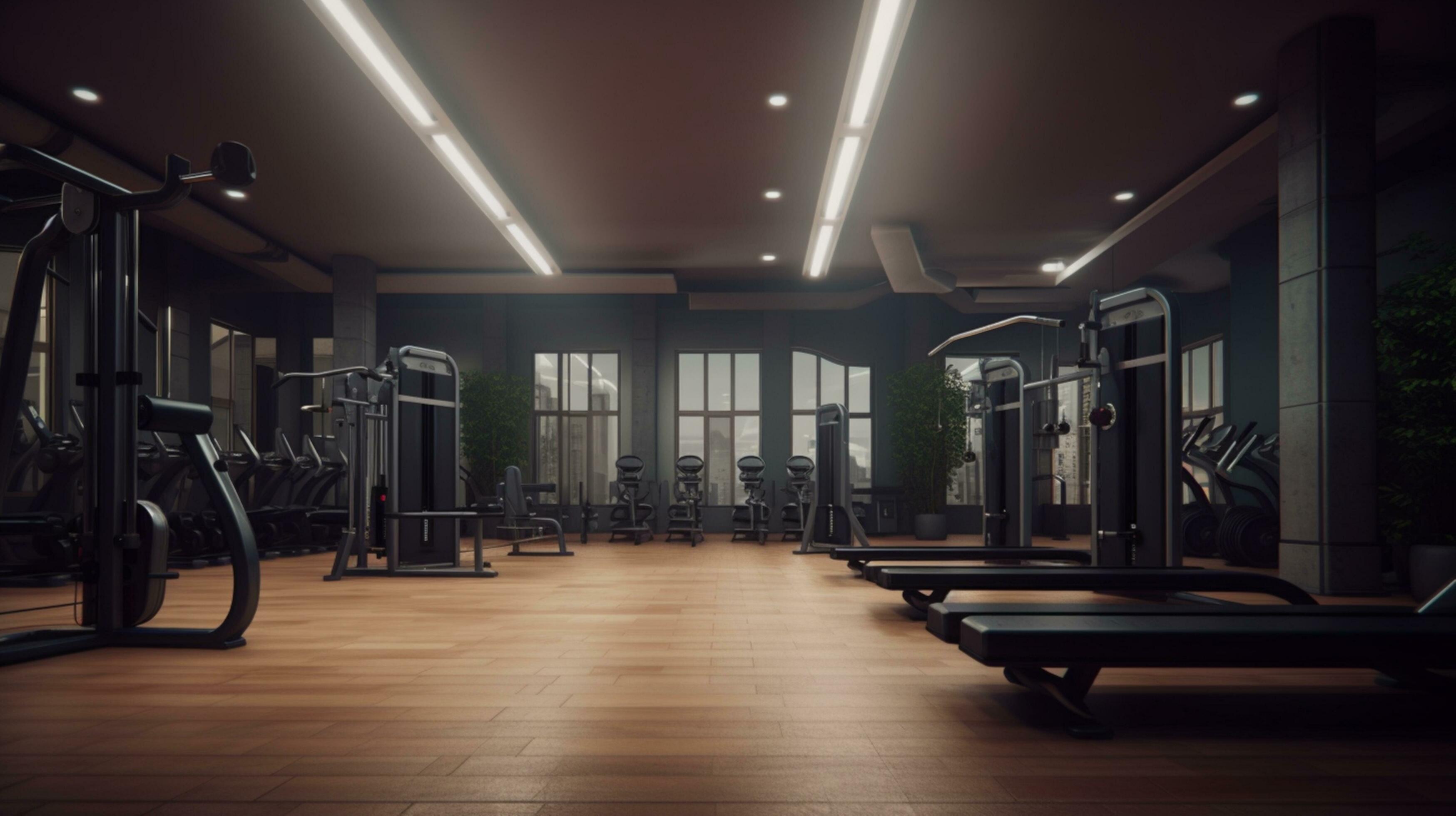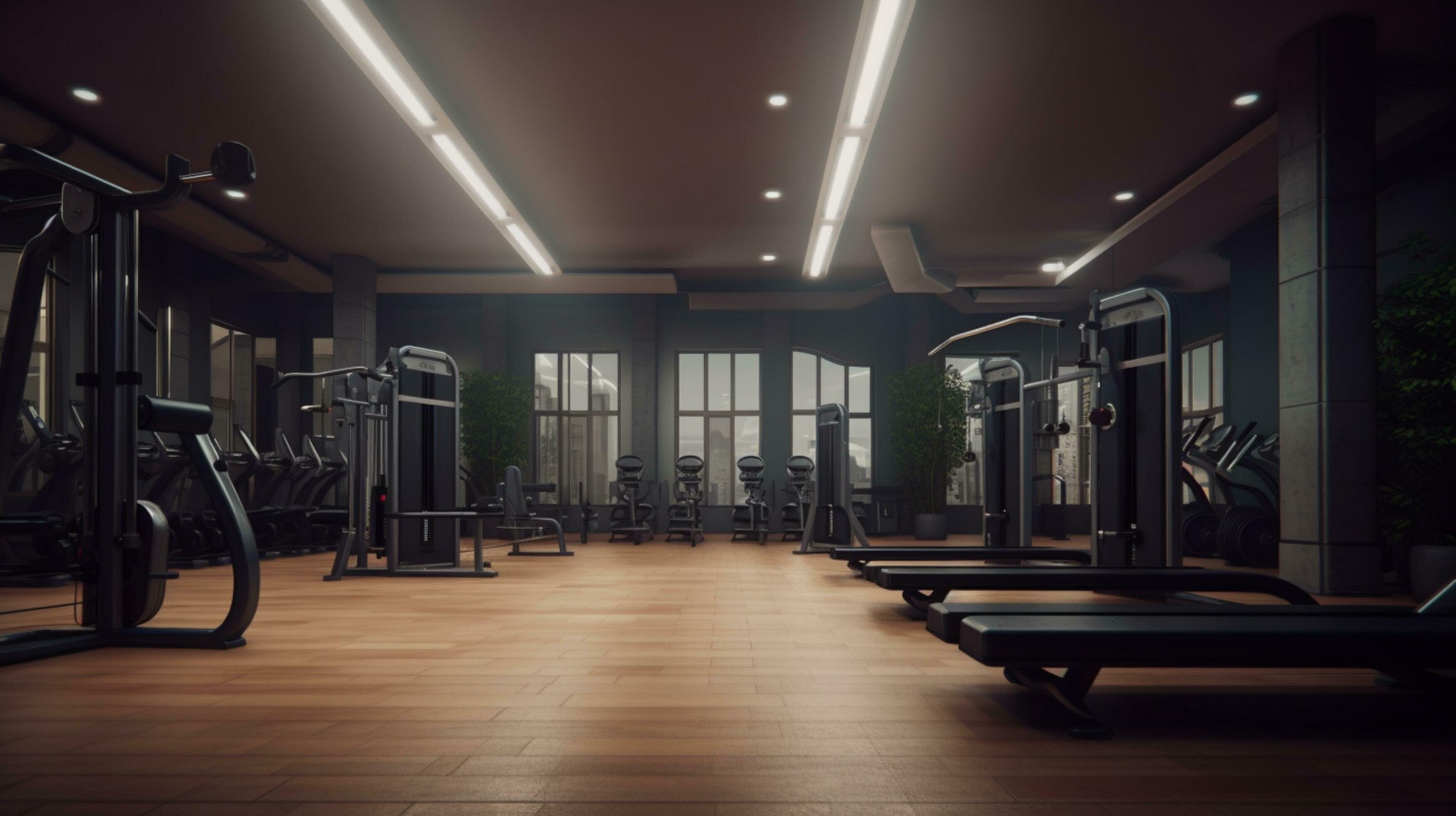Skip to product grid
-


BenchK WHB+S8 Wall Holder for 2, 5, and 7 Series Wall Bars - Durable & Easy to Install
Regular price $289.00Sale price $289.00 Regular price -


PRx Performance Profile® Flat Portable Folding Weight Bench
Regular price $472.99Sale price $472.99 Regular price -


PowerBlock PowerBench 2.0 Adjustable Weight Bench
Regular price $399.00Sale price $399.00 Regular price -


PowerBlock Travel Bench Portable Weight Bench
Regular price $199.00Sale price $199.00 Regular price -
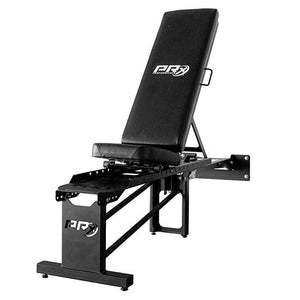
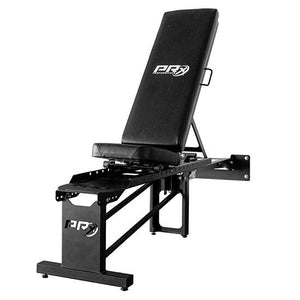
PRx Performance Profile® Incline Folding Portable Weight Bench
Regular price $922.99Sale price $922.99 Regular price -
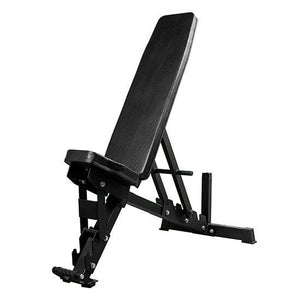
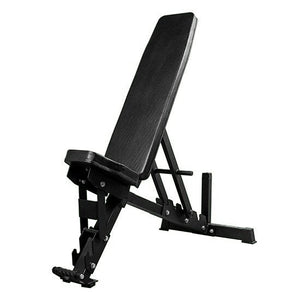
PRx Performance Incline Weight Bench
Regular price $418.99Sale price $418.99 Regular price -

Steelflex NFID Flat/ Incline/ Decline Bench
Regular price $830.00Sale price $830.00 Regular price -

Steelflex NOMB Olympic Military Bench
Regular price $1,570.00Sale price $1,570.00 Regular price -
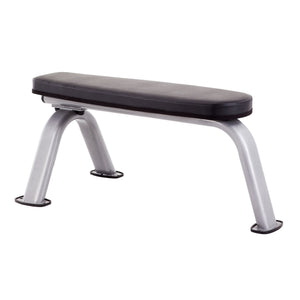
Steelflex NFB Flat Bench
Regular price $520.00Sale price $520.00 Regular price -
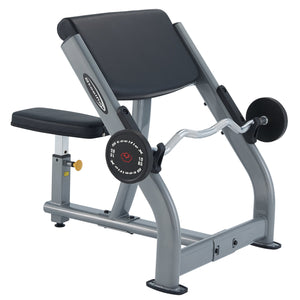
Steelflex NPCB Preacher Curl Bench
Regular price $739.00Sale price $739.00 Regular price -
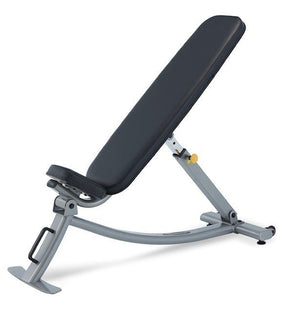
Steelflex NIB Adjustable Incline Bench
Regular price $718.00Sale price $718.00 Regular price -
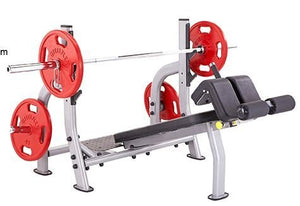
Steelflex NODB Commercial Olympic Decline Bench Press
Regular price $1,360.00Sale price $1,360.00 Regular price -
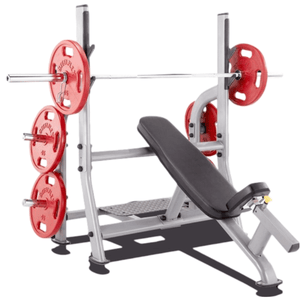
Steelflex NOIB Commercial Olympic Incline Bench
Regular price $1,360.00Sale price $1,360.00 Regular price -
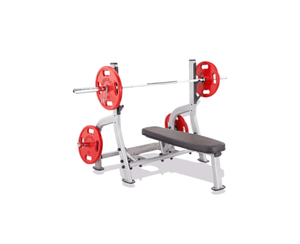
Steelflex NOFB Commercial Olympic Flat Bench
Regular price $1,360.00Sale price $1,360.00 Regular price -
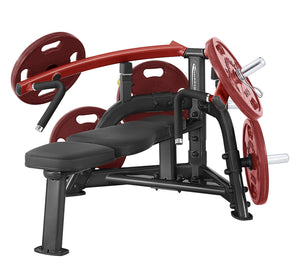
Steelflex PLBP Plate Loaded Bench Press
Regular price $1,599.00Sale price $1,599.00 Regular price -


BenchTop BT204 Beech Wood Multi-Functional Desk & Workout Table for Wall Bars
Regular price $245.00Sale price $245.00 Regular price
